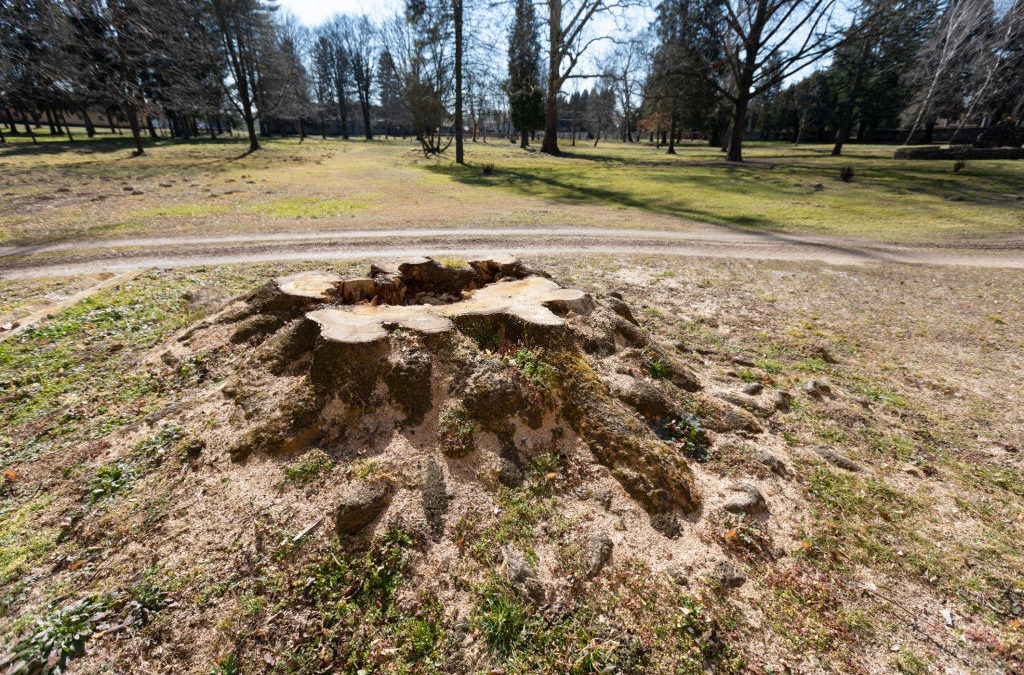The most important factor in stump removal is proper preparation. Whether the removal job is a do it yourself project or if you hire a professional, you should be aware of the necessary steps to follow.
Before digging up any wood or turf, use a snow shovel to clear the surface. This will prevent digging into any areas where the ground has already frozen. Prepare the soil in the hole with a layer of pebbles. Check with your local city or county to determine how much per-foot charge the city charges for snow removal.
Dig a hole at least six inches deep and wide enough to accommodate your equipment and the stump. A planter kit can be purchased to give you a better idea of the size of the hole you should dig. Make sure the soil remains as loose as possible, with the appropriate tools in the hole. This will help to avoid digging into trees and canes.
Once you have completed digging the hole, you should now check your planter and every inch of the entire area that you will dig. If the soil is wet or has ice, then you need to make sure there is no other moisture or ice in the area. As soon as you see this, it is time to remove the roots or soil with a spade.
Remove pine needles, bark, and branches as you remove them. Make sure the sap and branches are removed completely, but not too much so the ground cannot drain.
Once you have finished the stump removal, do not attempt to move the soil to a new location. Instead, take a rake and push the soil out. By doing this, you will give your new location the soil it needs to recover.
After the removal of the stumps, the next step is the removal of any overhanging soil. The easiest way to do this is to remove the base of the stumps from below. It is better to remove the top to avoid damage to the ground above.
Then, remove the base of the stumps to prepare the new location. Clean the surrounding area of any fallen leaves and branches that may have fallen on top of the stumps. This will prevent possible future problems.
Next, use a rake and sweep the soil away from the base of the stumps, and the surrounding area to prevent any damage or overhanging soil. After the area is cleared, you can add more soil and plant new grasses and flowers. You may also want to add a new shade for your plants and grasses.
After the ground is prepared, you should dig a hole big enough to bury the roots of the tree to ensure that they do not come back. You should be careful when digging in order to not damage the roots. Once the soil is set in the hole, place the roots of the tree inside.
Place the strong plastic stakes in the hole and cover the soil with gravel. If necessary, you can add a few small rocks in the hole to give some support to the stake. After the roots are in place, add some mulch to the hole and have it ready for good planting.
Stump removal can be fun and exciting, but remember to have a backup plan in case the ground freezes. Always prepare for the worst and plan for a change of ground before the big day arrives.

